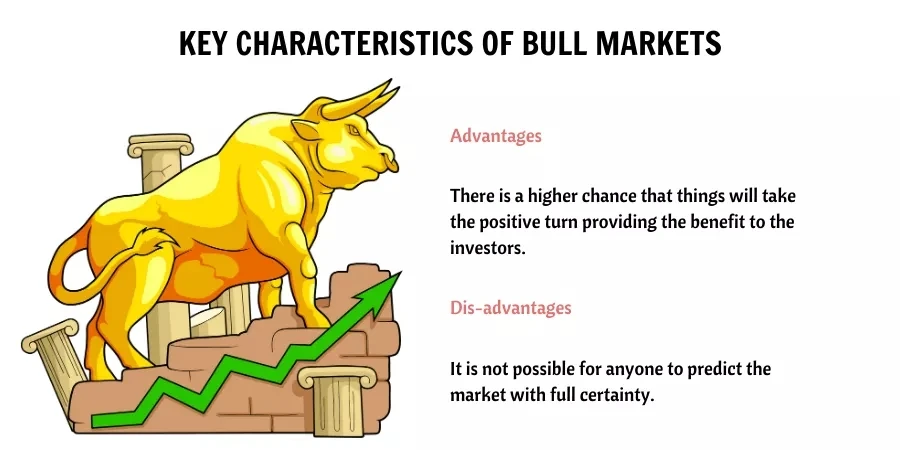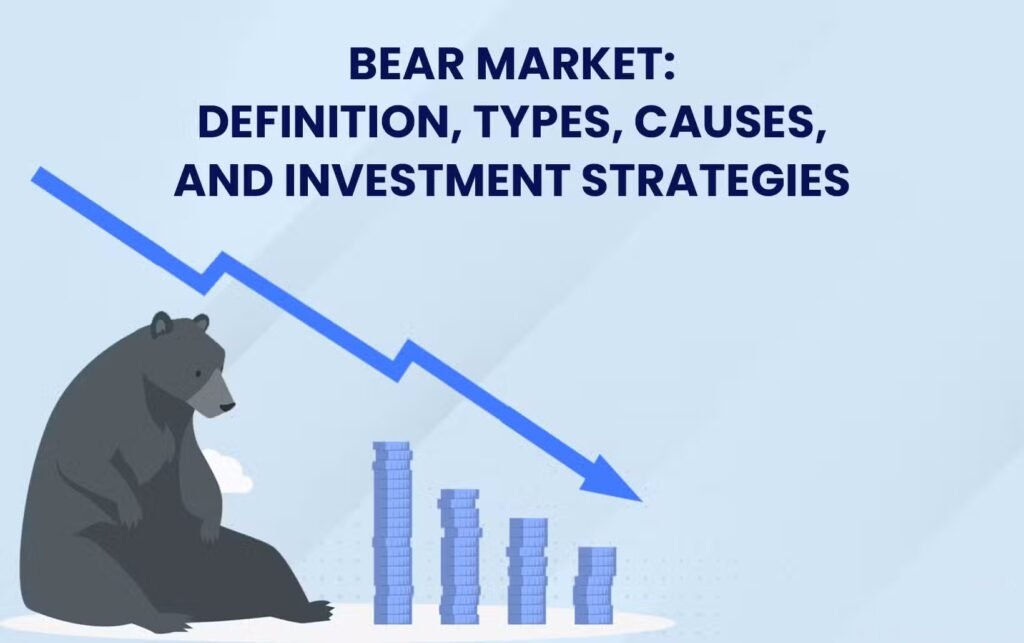Cryptocurrency markets can be confusing, especially for beginners. One day, prices are soaring; the next, they’re crashing. If you’re trying to understand when it’s a bull or bear market, this guide will help you easily identify the signs and make smarter decisions — without needing to be a financial expert.

What Is a Bull Market in Crypto?
A bull market is when prices are rising or are expected to rise. It’s called a “bull” market because bulls charge forward with their horns up — just like prices going up.
Key Features of a Bull Market
- Prices are steadily increasing over time.
- There is strong investor confidence.
- Trading volumes are high.
- Positive news dominates the headlines.

Common Bull Market Triggers
- Adoption by businesses or countries
- New blockchain innovations
- Regulatory clarity or support
- Economic stimulus or low interest rates
What Is a Bear Market in Crypto?
A bear market is the opposite — prices are falling or expected to fall. Bears swipe their paws down, just like how prices drop in this market trend.
Key Features of a Bear Market
- Prices decline by 20% or more over weeks or months.
- Investor fear and uncertainty rise.
- Low trading volume is common.
- Negative news or fear spreads across social media and news outlets.

Common Bear Market Triggers
- Global economic slowdown
- Crypto regulation crackdowns
- Major hacks or scams in the industry
- Rising interest rates or inflation concerns
How to Spot a Bull or Bear Market Early
Recognizing the signs early can help you avoid losses and maximize profits. Here are some practical tips:
1. Watch the Price Trends
Use daily and weekly charts to spot trends. A higher high and higher low pattern may indicate a bull market. A lower high and lower low pattern can signal a bear market.

2. Pay Attention to Trading Volume
Volume reflects how much of a coin is being traded. Higher volume during price increases usually confirms a bull market. Low volume during price drops can confirm a bear market.
3. Follow the News and Sentiment
Use tools like Google Trends, Reddit crypto forums, and Twitter sentiment. Positive buzz can signal a bull run; panic tweets often hint at a bear phase.
Real-Life Example: The 2021 Bull Run vs. the 2022 Bear Market
- In 2021, the price of Bitcoin surged from $30,000 to over $60,000, driven by institutional interest and NFT hype.
- In 2022, fear of inflation, economic downturn, and crypto company collapses pushed Bitcoin below $20,000.
These cycles highlight how fast things can change — and why spotting the signs early matters.
What Should You Do in Each Market?
In a Bull Market:
- Take partial profits when prices rise quickly.
- Set stop-loss orders to protect gains.
- Avoid FOMO (fear of missing out) and stay rational.
In a Bear Market:
- Avoid panic selling at the bottom.
- Consider dollar-cost averaging to buy at lower prices.
- Focus on long-term value and solid crypto projects.
Final Thoughts
Understanding whether you’re in a bull or bear market is essential for every crypto investor. While no one can predict the future perfectly, recognizing key patterns and staying updated can give you an edge.
The crypto world moves fast — but with the right knowledge, you can move faster.

FAQs
What does “bullish” mean in crypto?
“Bullish” means expecting prices to go up. A bullish investor believes the market will rise.
What causes a bear market?
A combination of economic issues, negative news, or a loss of confidence can lead to a bear market.
How long do bull and bear markets last?
There’s no fixed time. Some last months, others years. It depends on multiple global and industry factors.
Ready to learn more about crypto investing? Follow market trends, stay informed, and approach each market with a clear mind — whether it’s a bull or a bear.






















